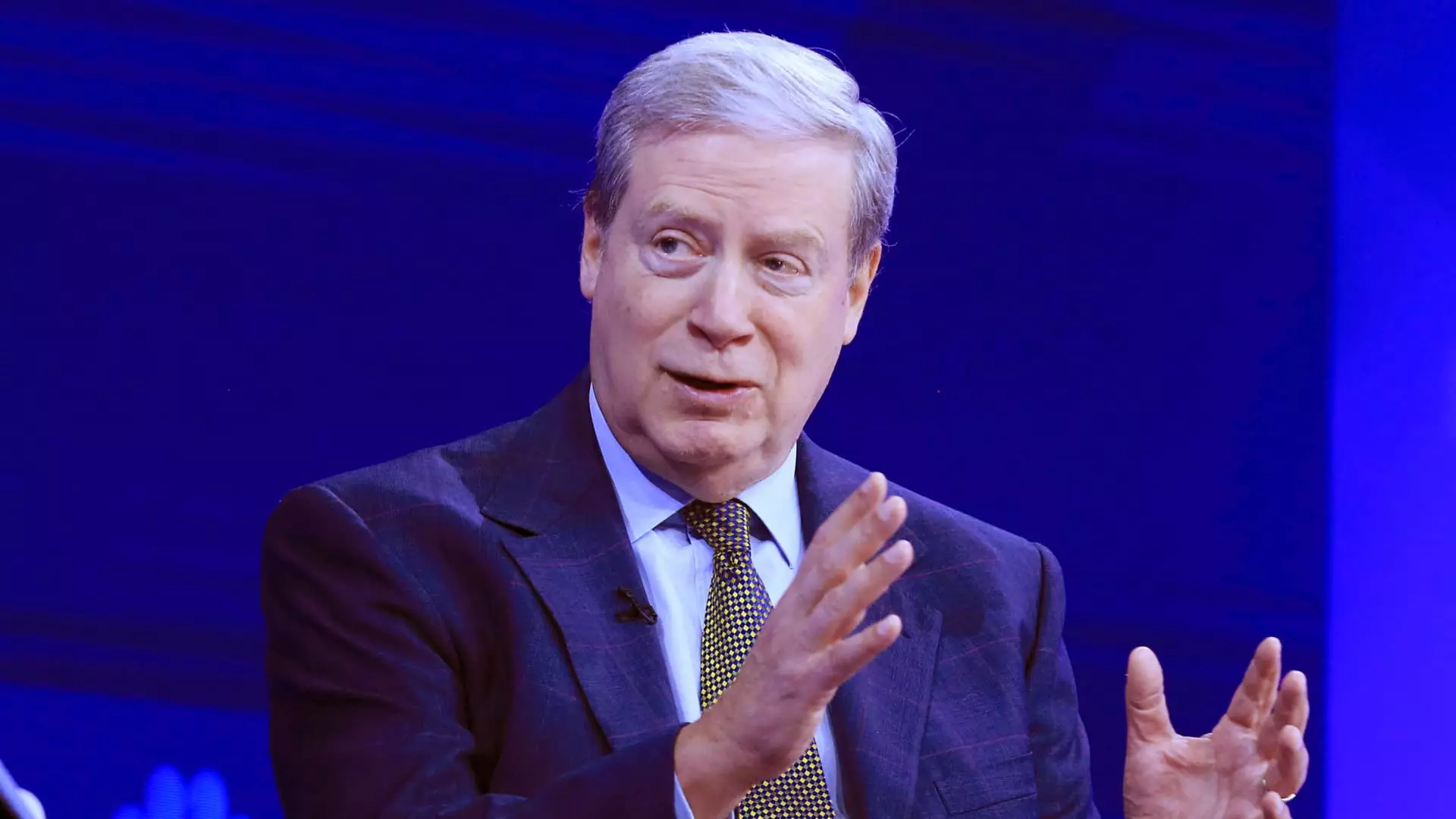Billionaire investor Stanley Druckenmiller recently shared his perspective on how Donald Trump’s re-election has injected a wave of optimism into the stock market and the broader business climate. With nearly half a century of investment experience, Druckenmiller’s observations carry significant weight. According to him, the transition from what he describes as the “most anti-business administration” to a pro-business one has invigorated both market sentiment and executive confidence. Speaking on CNBC, he noted the palpable excitement among CEOs, who appear “somewhere between relieved and giddy.” This points to a resurgence of what economists call “animal spirits,” referring to the instincts and emotions that drive human behavior in economic contexts.
Druckenmiller’s comments reflect a broader sentiment observed among investors and business leaders following the election. The promise of tax cuts and deregulation under Trump has positively influenced growth forecasts for various sectors, particularly those linked to risk assets. Stocks in banking, energy, and even cryptocurrencies have experienced dramatic surges—the S&P 500, for instance, jumped nearly 6% in November alone, marking a significant upswing since Trump’s win. Yet, despite this bullish outlook, Druckenmiller tempers his enthusiasm with caution regarding the stock market’s sustainability, mainly influenced by rising bond yields.
The juxtaposition of a flourishing economy against the backdrop of escalating bond yields has left Druckenmiller in a state of ambivalence about the stock market. He has maintained a short position against U.S. Treasurys, essentially forecasting a drop in bond prices and a corresponding rise in yields. “It’s complicated,” he remarked, highlighting the dichotomy that exists as the economy performs well while the bond market reacts negatively to growth indicators. The balance between robust economic activity and the implications of increasing bond yields could pose challenges for the stock market moving forward.
Despite the stock market seeing substantial gains, there remains an underlying tension. The rising bond yields could lead to a tightening of financial conditions, ultimately constraining the very growth that has prompted such bullish sentiment. This scenario reflects the intricate dynamics that investors must navigate—while bullish in spirit, Druckenmiller is acutely aware of the potential headwinds that could accompany rising interest rates.
As a seasoned investor, Druckenmiller emphasizes the importance of stock selection over broad market trends. He expresses particular enthusiasm for companies harnessing artificial intelligence, anticipating that these technological advancements will drive down costs and enhance productivity. However, he refrains from revealing specific stocks of interest, notably after divesting from prominent players like Nvidia and Microsoft. This suggests a strategic pivot, indicating that he is continuously assessing the most advantageous sectors to invest in, rather than conforming to traditional strategies.
By focusing his efforts on individual companies that he believes will benefit greatly from AI developments, Druckenmiller illustrates a nuanced approach to capitalizing on technological advancements. This recognition of AI’s potential underscores a broader trend in investment strategy, where specific technological innovations are viewed as crucial drivers for value creation.
Amid discussions surrounding trade policies, Druckenmiller offers a different take on the president’s approach to tariffs. He sees potential benefits in generating revenue through tariffs, viewing them as a necessary strategy to address the nation’s fiscal challenges. “We need revenues,” he noted, suggesting that the ramifications of tariffs are often overstated. As long as tariffs remain within a certain threshold, he believes the risks associated with potential retaliatory measures from other countries are manageable compared to the financial benefits they could yield.
As the Trump administration prepares to unveil a schedule of graduated tariffs, Druckenmiller’s perspective highlights the complexities involved in trade policy. Balancing the short-term fiscal advantages against long-term diplomatic relationships requires a measured approach. This reflects an ongoing debate within economic circles about the fine line between protectionist measures and free trade principles.
With an intricate web of factors influencing market sentiment—from changing political landscapes to global economic conditions—investors are tasked with navigating a highly uncertain environment. Druckenmiller’s insights provide a valuable framework for understanding the current market mood, as well as the underlying complexities that could affect future performance. His cautious optimism underscores the delicate balance between seizing opportunities and managing risks, a principle that remains ever-relevant in the shifting landscape of investment. As Trump’s policies continue to unfold, investors will be keenly observing the interplay of economic growth, bond yields, and trade policies, all of which will significantly shape the market trajectory in the months to come.

